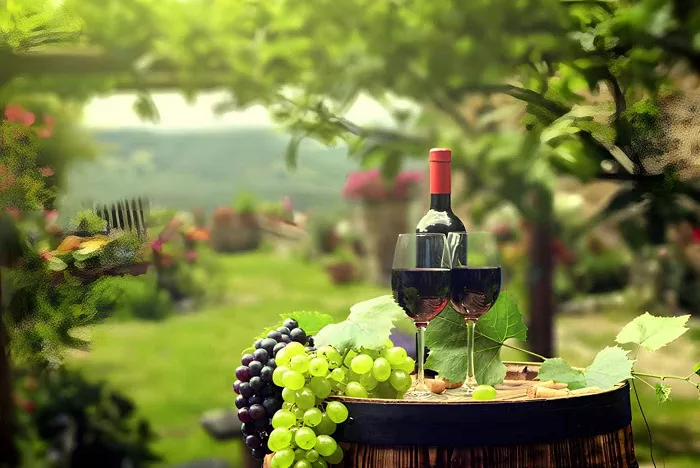A recent study by Wine Lister reveals that English sparkling wine is making notable progress in quality and consumer interest, yet still grapples with global recognition and pricing challenges.
Quality Recognition and Consumer Interest
According to the report, English sparkling wine closely trails Champagne in average critics’ ratings, scoring 90.6 compared to Champagne’s 90.8. This places it ahead of other major sparkling wine categories, including Franciacorta (90.1), Prosecco (89.7), and Cava (88.9). These findings challenge the long-held perception that English sparkling wine falls short of Champagne in quality.
Consumer interest is also on the rise, with global search trends indicating an 11% increase in searches for English sparkling wine over the past three years. This outpaces Champagne (-15%) and Cava (-1%), though it lags behind Prosecco, which saw a 13% increase. Despite this growth, English sparkling wine faces branding challenges, lacking a widely recognized term like ‘Champagne’ or ‘Prosecco’ to bolster consumer awareness.
Market Positioning and Price Performance
While the value of English sparkling wine continues to grow, price increases have stabilized, with a 9% rise over the past three years. The average bottle price stands at £32.47, positioning it higher than Prosecco (£13.40) and Cava (£11.00) but below Champagne (£50.53).
The study also found that branded estates play a crucial role in market visibility. The 15 most-searched English sparkling wine producers receive 14 times more searches than the category as a whole. Leading brands such as Nyetimber and Gusbourne dominate consumer interest, with strong search volumes and significant representation on restaurant wine lists.
Restaurant Presence and Industry Perception
An analysis of 87 top UK restaurants found that two-thirds included English sparkling wines on their menus, averaging 5.4 distinct listings per restaurant. Nyetimber, Gusbourne, and Rathfinny were the most frequently featured brands. However, 36% of restaurants carried only one English sparkling wine, often as a token listing rather than a core selection.
Trade professionals held mixed views on the category. In a survey of 23 industry experts, some sommeliers and wine directors described English sparkling wine as an essential addition to high-quality wine lists, while others noted that consumer price sensitivity often led customers to default to Champagne. The lack of widespread familiarity with the category further impedes its broader adoption.
Opportunities and Future Challenges
The report highlights several growth opportunities for English sparkling wine, including the potential for stronger oenotourism and more effective branding. Industry professionals suggest that competitive pricing, enhanced consumer education, and a clearer category identity could drive greater demand.
Climate change presents both an opportunity and a challenge. While rising temperatures could improve growing conditions in England, unpredictable weather patterns may threaten production consistency in the long term.
Despite its growing reputation for quality, English sparkling wine must overcome price resistance and establish a more distinct identity to secure its place in the global market.
You Might Be Interested In:


